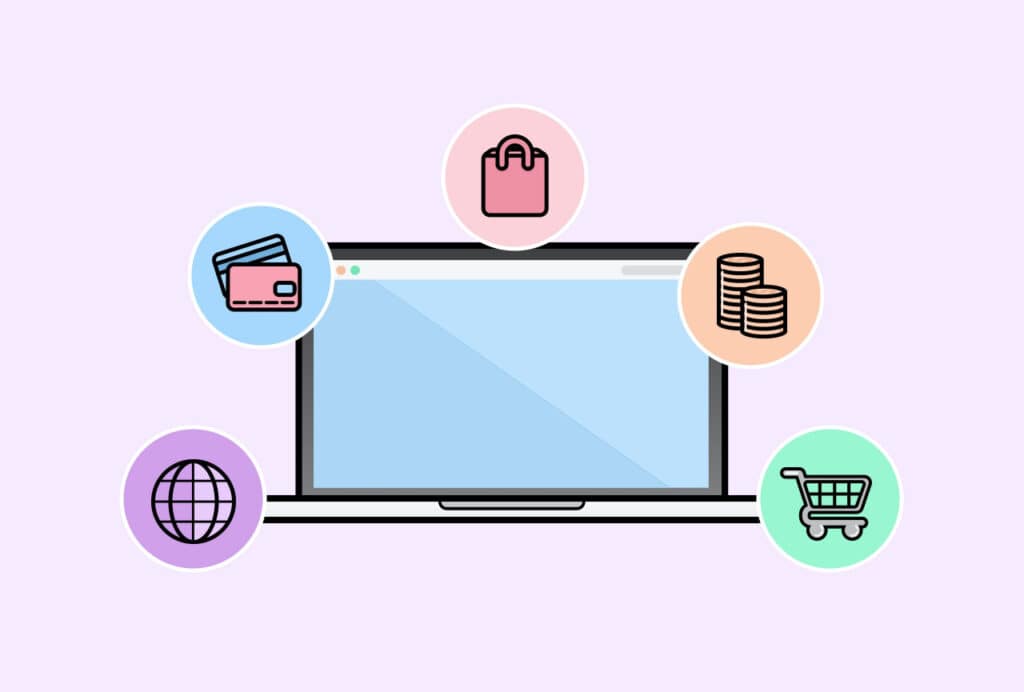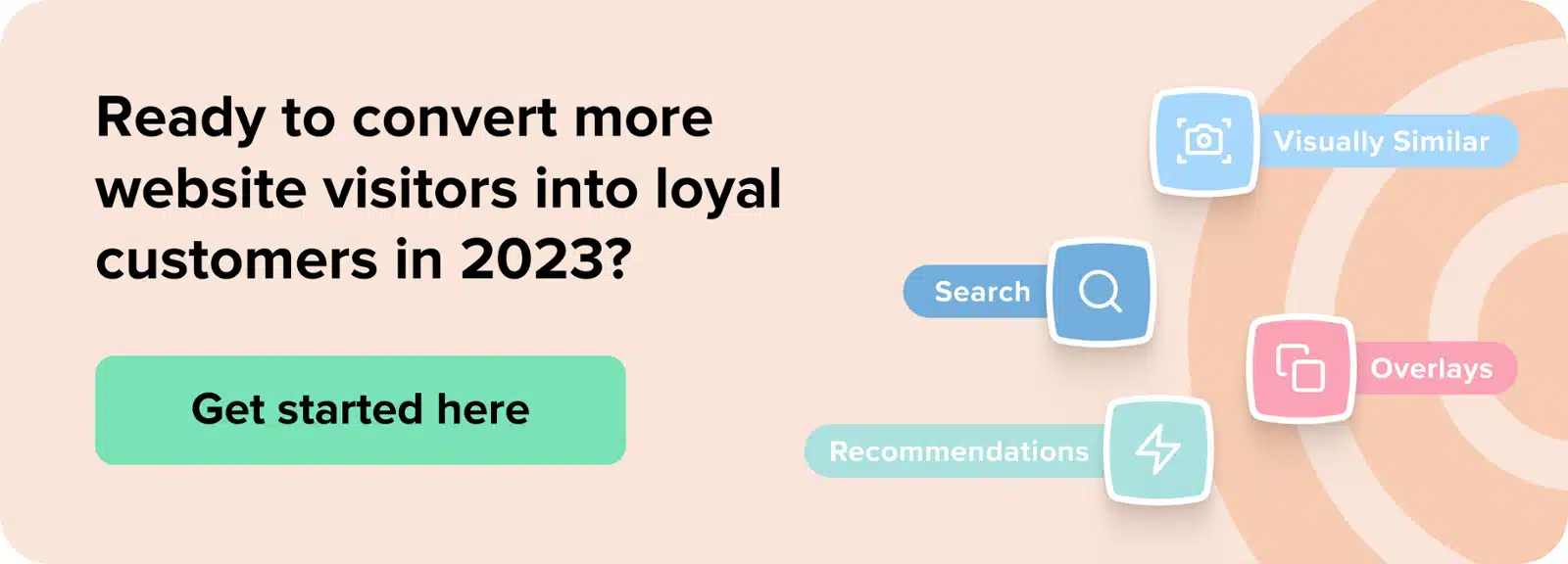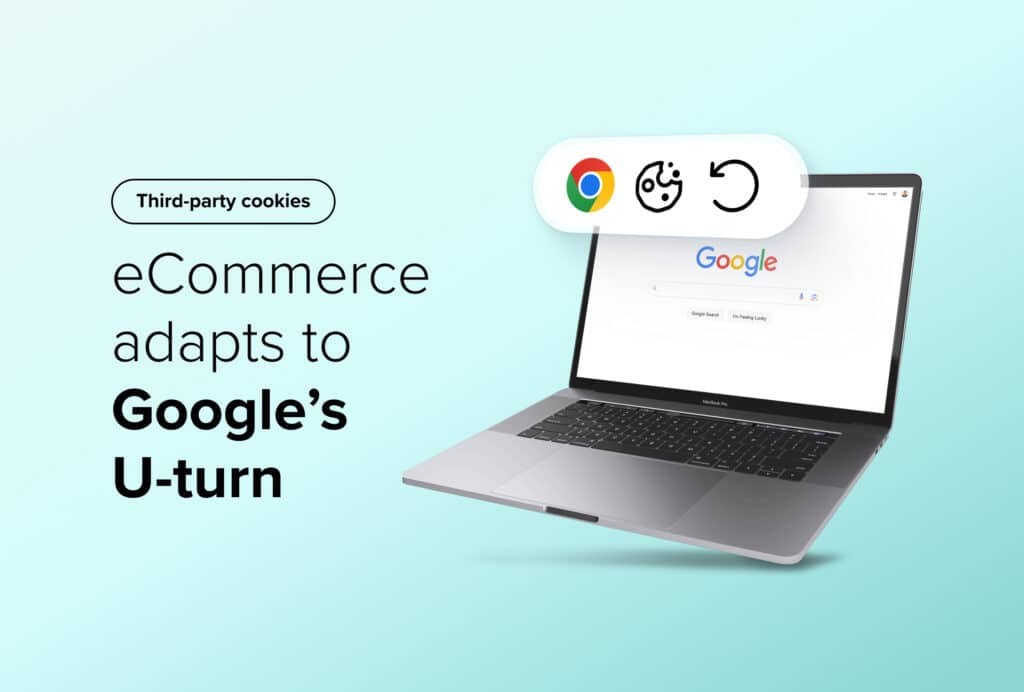The Meaning of D2C & Why D2C eCommerce is Key to Customer Engagement
By Courtney O'Riordan • Last updated: Friday Jun 14th, 2024

If you want to maximise the performance of your online store, it’s important to select the right eCommerce model.
The D2C eCommerce model in particular is growing in popularity — and for good reason.
D2C eCommerce is a business model in which manufacturers sell products directly to consumers via their own website, rather than through a third-party distributor or retailer.
When done right, D2C eCommerce can be leveraged to help your business achieve success.
The likes of Gymshark and Glossier are perhaps the best examples of profitable D2C models.
But even the likes of PepsiCo have converted from their long-established, traditional methods to a D2C strategy as a way of opening communication with their customers.1
Suggested reading: The D2C eCommerce market has changed rapidly over the last few years. Learn how these changes could affect you by reading our free eBook, ‘The State of eCommerce in 2022’.
What is D2C eCommerce?
D2C (direct-to-customer) refers to the model in which businesses sell their products directly to their customers, without the involvement of a third party. This cuts out the middleman, making the supply chain more efficient.
DTC eCommerce growth is on the rise, with D2C sales in the US alone increasing by over 36% between 2020 and 2022. 2
With a D2C eCommerce platform, you have end-to-end control of your business— from product creation and marketing to order fulfilment.
Don’t be daunted by this. The growth and improved availability of technology has unlocked this business model for online retail stores of all sizes.
What are the key benefits?
D2C offers multiple benefits, both to eCommerce stores and their customers. The top business benefits are:
- Affordability: Cutting out the middleman allows retailers to sell their products at a more competitive price.
- Higher margins: No marketplace fees means that all profits made from sales belong to you.
- Access to customer data: By directly communicating with customers, you can run more effective eCommerce data analytics and optimise your website to meet customer needs.
- Effective stock control: Managing your own stock prevents overselling and disappointing your customers.
These benefits stretch right through to the customer’s experience and how shoppers interact with your site. Often, D2C is reported as being easier to use thanks to the direct communication customers can have with brand representatives. 3
As a result, D2C businesses will often see:
- Improved conversions: Getting to know your customers means you can tailor your messaging and recommendations to increase the likelihood of a purchase.
- Increased brand loyalty: Closer involvement with your customers will build customer loyalty and encourage repeat purchases.
- Customer satisfaction: Direct-to-consumer brands can offer a personalised and consistent customer experience.
As with most eCommerce decisions, your customers should be at the forefront of your mind. After all, improving customer engagement with your brand and brand identity, while helping to drive conversions and enhance customer loyalty.
FAQs
What’s the difference between D2C and B2B eCommerce?
D2C means goods are being sold ‘direct-to-customer’, while B2B means ‘business-to-business’. As the name suggests, B2B refers to goods that are sold between two businesses, before being sold to a final customer on the other end.
This is what the two buying journeys might look like:
B2B:
Manufacturer -> Business 1 -> Business 2 -> Customer
D2C:
Manufacturer -> Customer
What are the benefits of D2C over traditional eCommerce models?
We’ve already covered the top benefits of D2C, but how do these benefits compare to those of other eCommerce models?
Traditional retailers, who sell products in bulk to resellers, have a higher level of stability. If there are changes in the market, they will not be as affected as D2C businesses. However, traditional businesses typically have lower profit margins and will therefore have to operate for longer than D2C brands before starting to make a profit.
Through the ‘eCommerce boom’ of the pandemic, it is likely that D2C eCommerce brands were the most successful; they have the greatest amount of flexibility, and can easily scale up and down as needed. 4 The same cannot be said, however, for in-person D2C retailers.
What are the biggest challenges facing D2C eCommerce?
D2C businesses are reliant on ongoing demand for their products or services, regardless of global environmental or political affecting factors. Where traditional retail models offer medium-term security, D2C models don’t.
Plus, D2C brands have to keep constant track of the manufacturing and delivery of all products.
Even more so than the rest of eCommerce, D2C brands rely on their customers. That’s just one of the reasons why it’s so important to prioritise customer experiences and invest in on-site optimisation. To summarise, the biggest challenges are:
- Reduced business security.
- Reliance on customer demand.
- Difficulty organising manufacturing and delivery operations.
Let’s consider D2C models and eCommerce customer engagement in more depth…
Why is D2C key to customer engagement?
Customer engagement refers to the interactions a customer chooses to have with your brand throughout their lifecycle.
By optimising these touchpoints, you develop a simple retailer-customer relationship into a long-term bond: a bond which results in 23% higher revenue than average per highly engaged customer. 5
So, how can you tailor your D2C business model to help keep your customers engaged?
1. Personalise the customer journey
Customers are exercising their right to dictate what they want from eCommerce sites, and a high priority for today’s consumers is personalised experiences.
In fact, it has become a necessity that shoppers are actively seeking out, driven by the hyper-personalised feeds billions of social media users are scrolling through daily.
Luckily, D2C companies can fulfil this need with ease.
Complete control over the functionalities of your eCommerce website is helpful when it comes to the instant implementation of solutions and strategies.
This may include adopting tools such as AI-powered Recommendations that inspire conversions and improve shopper satisfaction.
Dynamic recommendations guide visitors through the sales funnel with the personalised experience they expect.
Truly tailoring recommendations based on visitor behaviour inspires purchases while building a meaningful connection that leads to customer loyalty.
As you are selling direct to consumers, you can further your gain by upselling your own products in your relevant product suggestions.
Sell to your consumer D2C to have full control over the representation of your products via Search and Recommendations.
Suggested reading: Read our article, ‘eCommerce Personalisation: What It Is and How It Engaged Customers’, to learn more about the importance of a personalised customer journey.
2. Leverage data to increase sales
The proper use of the wealth of eCommerce customer data can be a strong advantage for both D2C brands and customers.
Removing third-party marketplaces from the equation gives you control over the collection and use of your customers’ data.
The value in this presents itself through increased customer engagement and improved conversion rates for the long-run.
The most successful D2C businesses make data-driven decisions that allow them to:
- Act on eCommerce trends: Ensure the right products are displayed on-site at the right time, capitalising on trends.
- Track product performance: Identify your highest and lowest-performing products in order to devise marketing strategies appropriately.
- Optimise pain points: Tracking on-site behaviour allows you to see where conversions are being lost and react swiftly.
- Understand your customers: Data condenses all you need to know about customer behaviour and their relationships with your brand into digestible insights. Insights that help personalise your site to consumer needs.
Customer data has a firm place in the decision-making process for all aspects of your business.
When using a D2C model, be sure to use seamless data collection and analysis. Don’t be overwhelmed by big data in eCommerce — instead, use it to your advantage.
Pro tip: Incentivise the collection of data by offering discounts in return for customers’ email addresses with Salesfire Overlays. This will prove to be vital information when it comes to future communication and encouraging loyalty.
3. Facilitate an omnichannel experience
The customer experience goes beyond the time spent on-site. In fact, it spans multiple digital channels, from product discovery on social media to post-purchase email sequences.
With a D2C model, you have the opportunity to create an engaging and consistent omnichannel eCommerce strategy by having full control over the tools, messaging and features.
Many customers now discover the products they want to buy on social media platforms, so replicating that visual search experience on your site creates an effortless path to purchase.
- Visually Similar Search seamlessly optimises your site to accommodate your customers’ omnichannel experience.
- Personalised product discovery can help encourage customers to explore the site and make more purchases, converting them into loyal customers.
Accelerate the product discovery experience by allowing customers to upload inspiration they’ve collected from other platforms and connect them with relevant products.
Pro tip: Enhance your entire site search experience with the full version of Salesfire Search to create an effortless search experience that delivers customers directly to your checkout.
4. Continue to build a relationship post-purchase
All eCommerce businesses hope that customers will love their service enough to return time and time again.
Having control of the post-purchase experience and providing tailored support is important to help customers feel valued after they’ve placed an order.
But relying on the automated responses of marketplaces takes control away from eCommerce businesses and causes customers to drop off.
So, what can you do to build a better post-purchase relationship with your customers?
- Engage with email marketing: Go that step further to retain customers by providing discounts as part of a personalised email marketing strategy, to help combat any post-purchase regret.
- Tailor your messaging: Provide insights and tips into products customers have bought based on their purchase history.
- Provide omnichannel support: An effective way D2C channels are able to provide a personalised post-purchase experience is by perfecting their customer service to resolve queries with ease and speed.
Consider entering the D2C market to ensure your website personalisation efforts remain a few steps ahead of your competitors, keeping your customers engaged and ready to purchase again.
Related: How to Use the Post-Purchase Experience to Retain Customers
Support your D2C model and customer engagement efforts with Salesfire
The D2C model can offer retail sites success through increased conversions and loyalty by providing an elevated on-site experience.
Give your business the chance to stand out in a busy eCommerce environment by optimising your D2C site with Salesfire solutions.
The ease of implementation allows you to create a seamless and engaging customer experience in an instant.
1 Leading consumer companies in the eCommerce theme
2 D2C in 2023: Predictions, expectations and recommendations for new and established brands
3 D2C e-commerce – statistics and facts | Statista
4 Global e-commerce jumps to $26.7 trillion, COVID-19 boosts online sales | UNCTAD
To see how Salesfire can help you optimise your product discovery experience, email one of our experts at [email protected] or book a free demo of our personalisation tools.





